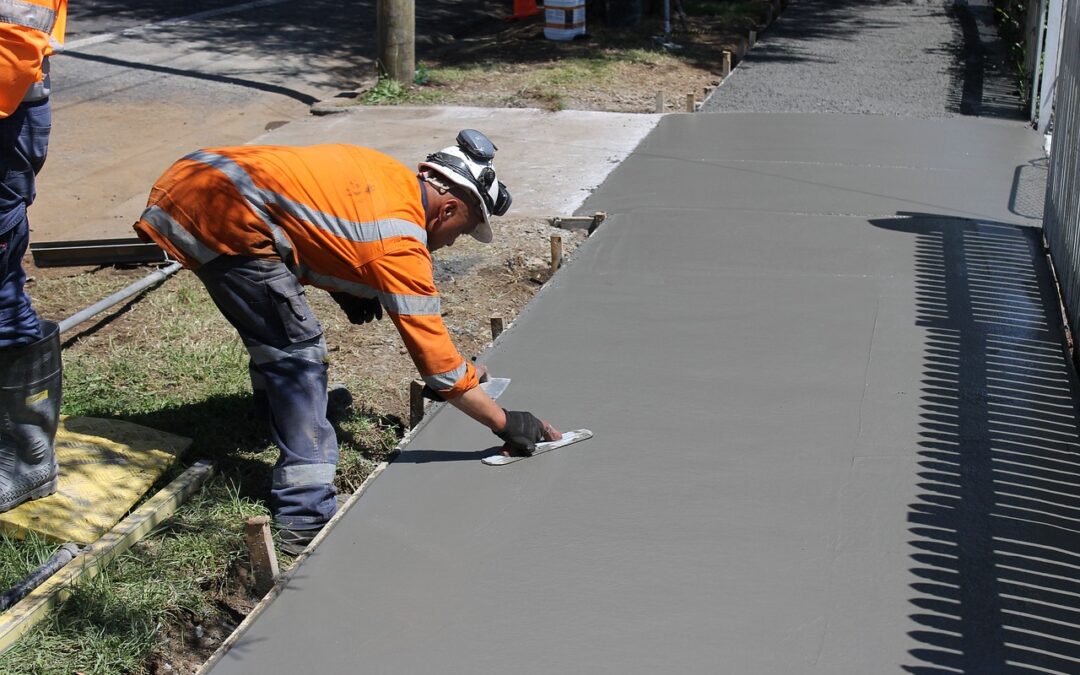Short Answer is absolutely NO! Concrete is a robust material, but it requires careful maintenance, especially in its early years. Here’s why using salt on concrete less than 5 years old can be problematic: (Not sure why builders are not telling their clients this!). Concrete can take a full 5 years to fully cure especially the apron of the entry. Reading the back of the Ice Melt or Salt package will even tell you to not use the product on concrete less than 5 years old. Continue reading so that you can avoid a huge and costly mistake that is not warrantied under any builders policy!
- Potential for Surface Damage
- Corrosion Risk: Salt can accelerate the corrosion of steel reinforcement within the concrete, leading to weakened structural integrity over time.
- Scaling and Spalling: Salt can cause the surface of the concrete to deteriorate, resulting in scaling (flaking or peeling) and spalling (surface chipping), which can mar the appearance and functionality of the concrete.
- Chemical Reactions
- De-icing Chemicals: Many de-icing salts contain chemicals that can react with the concrete, potentially causing a breakdown of the surface and contributing to premature aging.
- Freeze-Thaw Cycles: Salt can exacerbate the freeze-thaw cycle, where the concrete expands and contracts with temperature changes, increasing the likelihood of cracks and surface damage.
- Impacts on Curing Process
- Impaired Curing: New concrete needs to cure properly to achieve its optimal strength and durability. Salt can interfere with the curing process, leading to weaker concrete that’s more susceptible to damage.
- Moisture Retention: Salt can affect how moisture is retained in the concrete, which is crucial for the curing and hardening process.
- Long-Term Durability Concerns
- Reduced Lifespan: Frequent use of salt on new concrete can shorten its lifespan by accelerating deterioration and compromising its structural integrity.
- Increased Maintenance Costs: Damage from salt can lead to increased maintenance and repair costs over time as you address issues like cracks and surface wear.
- Environmental Impact
- Soil and Vegetation: Salt can leach into the surrounding soil and potentially harm plants, grass, and other vegetation near the concrete surface.
- Water Systems: Runoff from salted concrete can affect local water systems and contribute to environmental pollution.
Alternatives to Salt:
- Sand and Gravel: Use sand or gravel for traction on icy surfaces, which are less harmful to concrete and the environment.
- Calcium Magnesium Acetate (CMA): Consider CMA, a more environmentally friendly de-icing agent that is gentler on concrete surfaces.
Care Tips for New Concrete:
- Proper Sealing: Ensure your new concrete is properly sealed to protect it from moisture and de-icing chemicals.
- Regular Maintenance: Follow recommended maintenance practices to keep your concrete in optimal condition.
At Trego Realty, we’re committed to helping you maintain the quality and longevity of your concrete surfaces. If you have any questions about care and maintenance, feel free to reach out!

